Family-Centric Vacation Trends
The Recreational and Vacation Camp Market is significantly influenced by the increasing trend of family-centric vacations. Families are increasingly seeking destinations that cater to all age groups, providing activities that engage children and adults alike. Data suggests that family vacations account for over 50% of all travel bookings, highlighting the importance of family-oriented offerings in the market. Camps that provide diverse programming, such as educational workshops, adventure sports, and arts and crafts, are likely to thrive. This focus on family experiences not only enhances bonding but also positions the Recreational and Vacation Camp Market as a preferred choice for family vacations.
Technological Advancements in Camping
The integration of technology within the Recreational and Vacation Camp Market is transforming the camping experience. Innovations such as mobile apps for booking, virtual tours, and enhanced communication tools are becoming commonplace. Data shows that approximately 70% of campers utilize technology to plan their trips, indicating a strong preference for convenience and accessibility. Camps that embrace these technological advancements are likely to enhance customer satisfaction and streamline operations. This trend not only modernizes the camping experience but also positions the Recreational and Vacation Camp Market as a forward-thinking sector that appeals to tech-savvy consumers.
Increased Demand for Outdoor Activities
The Recreational and Vacation Camp Market experiences a notable surge in demand for outdoor activities, driven by a growing interest in health and wellness. As individuals seek to escape urban environments, the appeal of nature-based experiences becomes more pronounced. Recent data indicates that approximately 60% of families prioritize outdoor vacations, reflecting a shift towards experiential travel. This trend is further supported by the rise of social media, where outdoor adventures are increasingly showcased, inspiring others to engage in similar activities. Consequently, the Recreational and Vacation Camp Market is likely to benefit from this heightened interest, as camps that offer unique outdoor experiences may attract a larger clientele.
Rise of Wellness and Mindfulness Retreats
The Recreational and Vacation Camp Market is witnessing a rise in wellness and mindfulness retreats, reflecting a broader societal shift towards mental health awareness. Camps that incorporate wellness programs, such as yoga, meditation, and nature therapy, are becoming increasingly popular. Recent surveys indicate that nearly 40% of travelers express interest in wellness-focused vacations, suggesting a lucrative opportunity for the industry. By offering holistic experiences that promote relaxation and rejuvenation, the Recreational and Vacation Camp Market can attract health-conscious consumers seeking to enhance their well-being through immersive outdoor experiences.
Sustainability and Eco-Friendly Practices
The emphasis on sustainability within the Recreational and Vacation Camp Market is becoming increasingly pronounced. As environmental concerns gain traction, consumers are gravitating towards camps that prioritize eco-friendly practices. Research indicates that over 50% of travelers are willing to pay more for sustainable accommodations, reflecting a shift in consumer values. Camps that implement green initiatives, such as waste reduction, renewable energy sources, and conservation programs, are likely to attract environmentally conscious clientele. This focus on sustainability not only enhances the reputation of the Recreational and Vacation Camp Market but also aligns with the growing demand for responsible travel options.


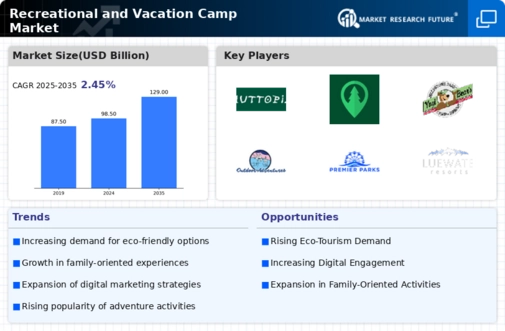

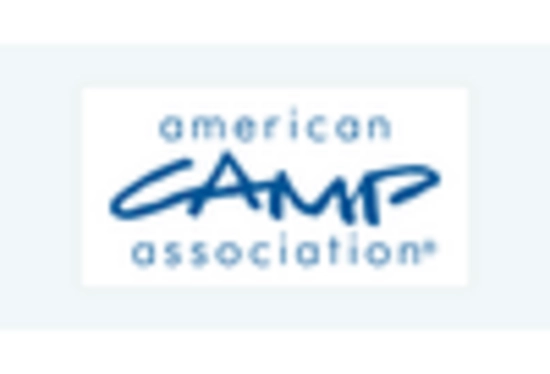
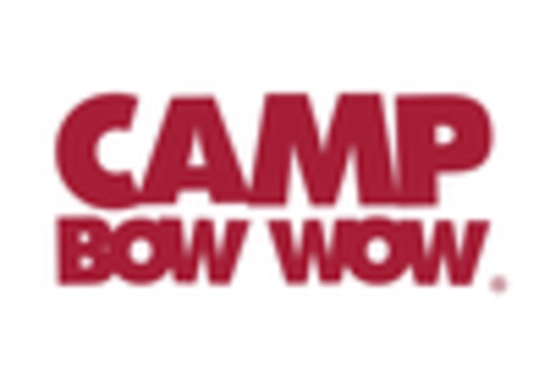
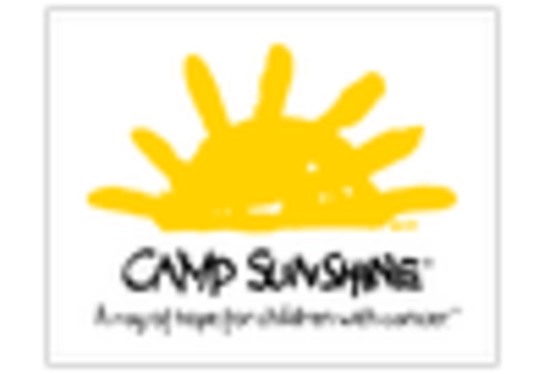

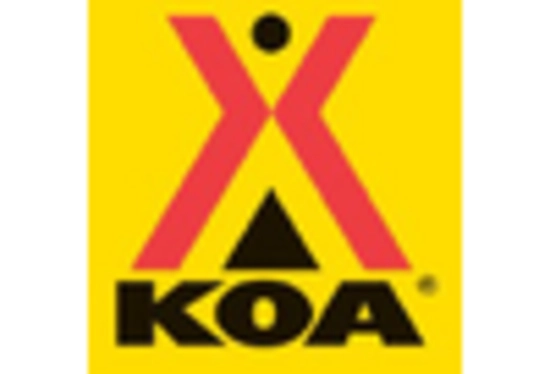









Leave a Comment